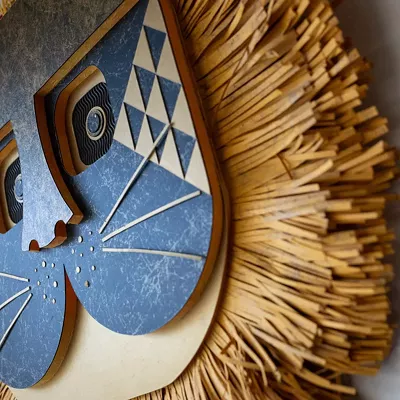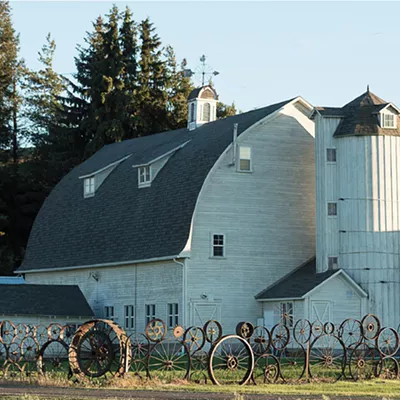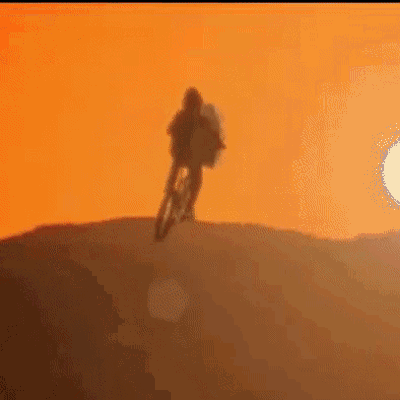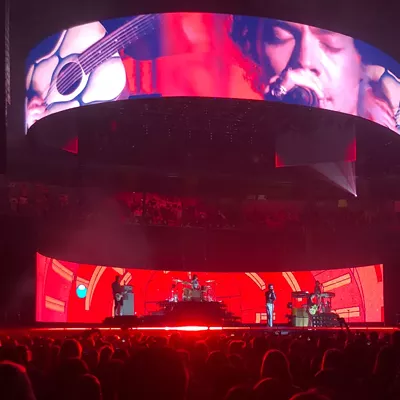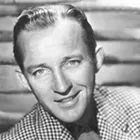Tuesday, May 11, 2010
At least somebody likes that sign...
The story quotes Charlie Parsons of the Associated Garden Clubs of Spokane (which, admirably, spent nine tireless years and $25,000 to get the sign) as saying, "We are a welcoming city with pride in our past and excitement for the future ... We want visitors to our city to know that."
Seriously?
First of all, when we wrote our story about the monument last September, the sign was already over a month old, so "brand-new" makes for a questionable word choice (and a puzzling story assignment).
Second, does the monument really achieve Parsons' laudable goal? Designed by former Spokane public works employee (and current city efficiency expert) Dave Steele, the monolith is oppressively heavy and dark, with no recognizable Spokane icons or hopeful colors. "The husks of buildings against the slate sky seem to recall post-warDresden more than a thriving Northwest metropolis," I wrote in September.
Bob Scarfo, an associate professor of landscape architecture at WSU (and Steele's former teacher), backed me up:
“Dave Steele has some design background, but Dave Steele is a landscapearchitect. He’s not a sculptor, an artist in the true sense of theword ... Itwould be interesting to see what a Ken Spiering would do.”
That story won The Inlander a heap of scorn from the garden club, including a letter accusing me of "denigrating the contributions of organizations like [the garden club]" and noting that it's a "shame that a journalist can’t bring himself to simply say, 'Thankyou.'"
Far from denigrating the club's contributions, it was actually my intention to thank them for trying. The city could use a good entryway sign. Just not the leaden turd produced by a bureaucratic process that seemed to ignore the clubs' many aesthetic suggestions.
(On the plus side, I will say that since we ran our story, the city pried away that loathsome colon in the sign's text, which only reinforced the notion that somebody purchased the monument from a catalog and had "Spokane" tacked on as a personal touch. Also, they've done some lovely landscaping around the sign since then.)
Anybody else? Were we way off? Does this monument stir feelings of warmth and civic pride in anybody's heart? Please weigh in.
Tags: public art , Arts





